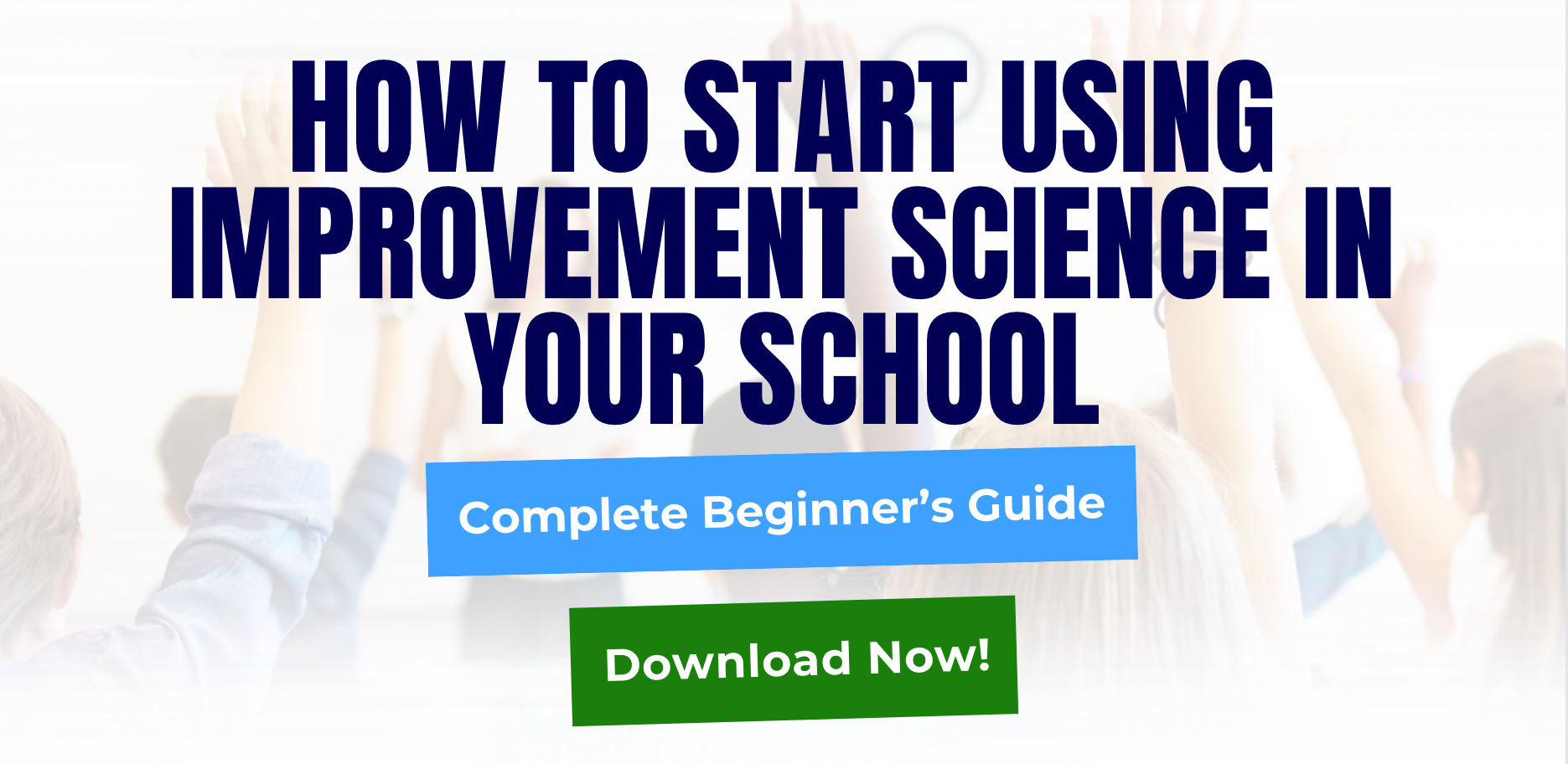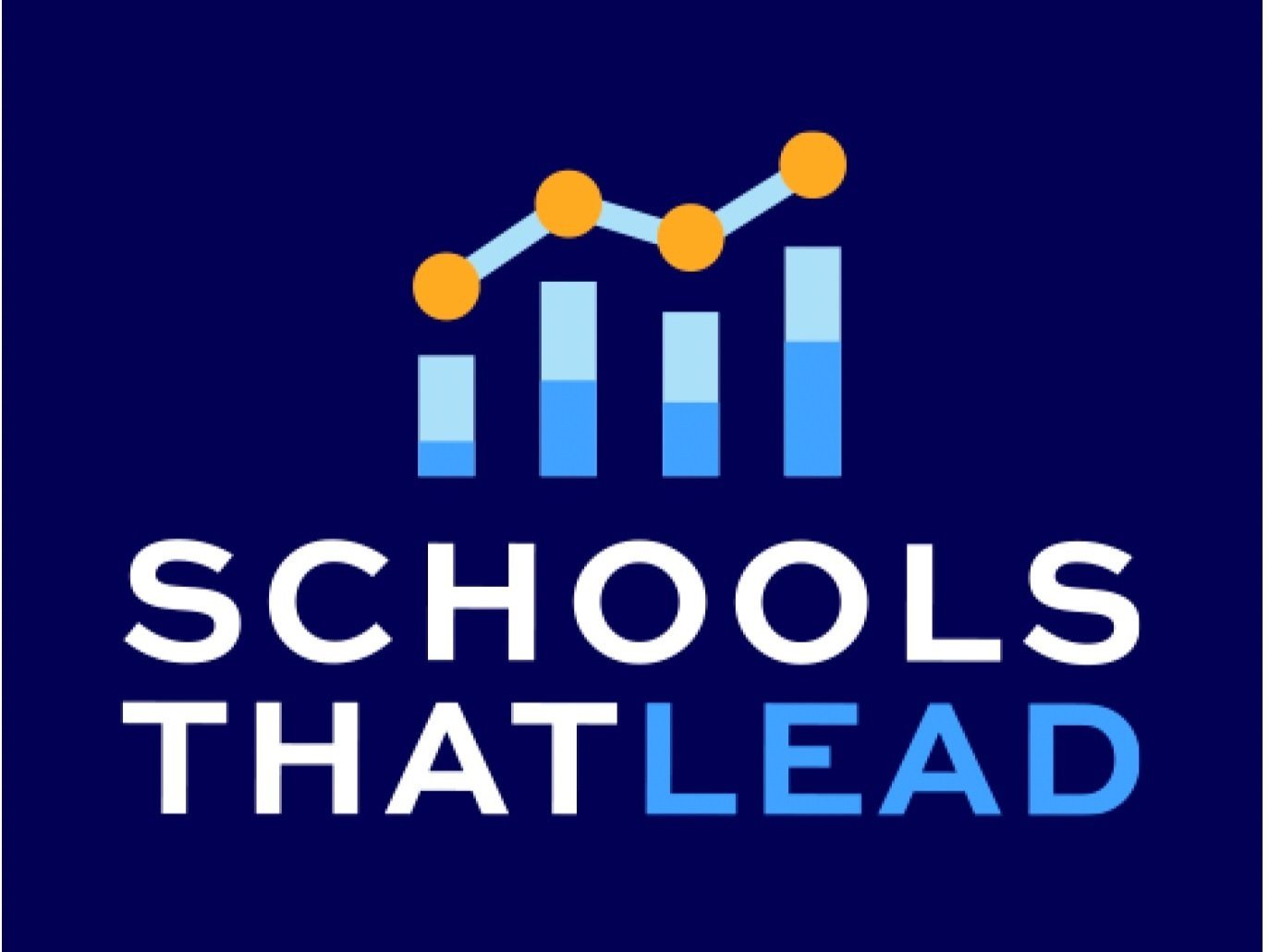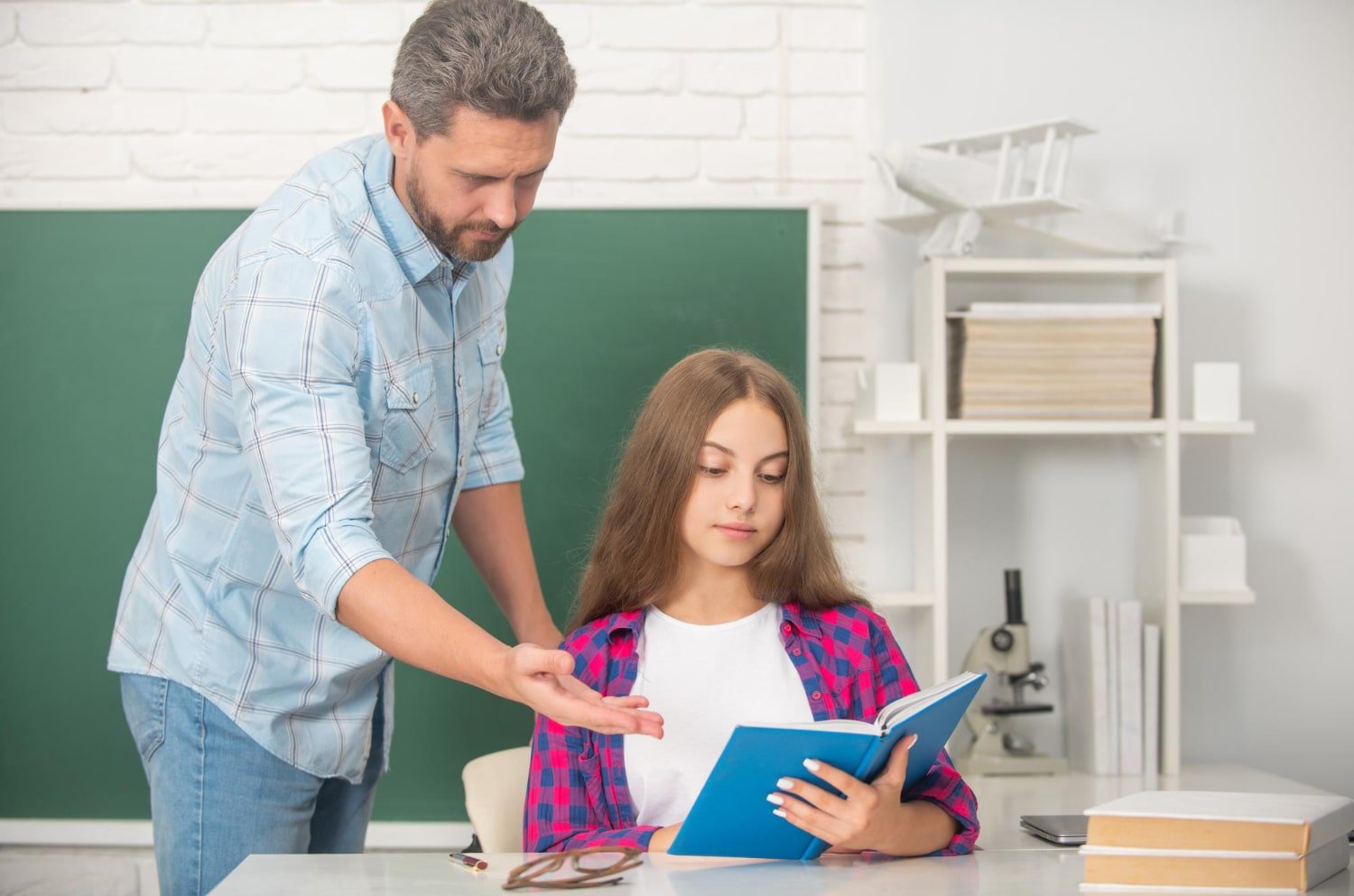How to Start a Restorative Conversation with a High School Student
Communication between teachers and students is a vital part of any school improvement plan; this includes restorative conversations.
A restorative conversation allows the teacher to show compassion and empathy towards their students, and teach them how to resolve conflicts with other students in the classroom. They also allow high school students to have a voice. The goal of this conversation is to restore the relationship that was compromised by conflict.
Typically, a restorative conversation between a teacher and student should only last for 5-10 minutes.
At Schools That Lead, the members of our school improvement network believe in cultivating a positive school environment that encourages restorative justice through respectful conversations. If you want to improve restorative conversations while learning about improvement science, here's what you need to know.
How Does a Restorative Conversation Benefit Students?
Restorative conversations are a form of conflict resolution and classroom management that focuses on repairing and rebuilding relationships, whether it be with another student or with the teacher. They are not punitive in nature, but rather a restorative conversation focusing on student accountability, empathy, and understanding the impact of their actions.
Here are some of the key benefits of having a restorative conversation with a high school student:
Develops Communication and Conflict Resolution Skills
Restorative conversations encourage students to express themselves clearly, listen actively, and work together to find solutions.
Promotes Emotional Intelligence
By acknowledging the feelings of all involved, restorative conversations help students develop empathy and understand the impact their actions have on others.
Builds Stronger Relationships
Restorative conversations can help mend broken relationships and create a more positive and supportive classroom environment.
How to Engage in a Productive Restorative Conversation
It is important to take steps to establish a culture of open and respectful communication before a restorative conversation is needed. This will make it easier to initiate the conversation with the student. . Students should understand that the restorative conversation is not only a tool for the educator but for them as well. Ultimately, the student has to actually want to be a part of the conversation; it can't be against their will or it would defeat the purpose.
The purpose of this type of conversation is not punishment; it is restoration. There does not have to be a resolution at the end; however, the relationship between the parties should be respectful and empathetic. It is important to not rush into this type of conversation immediately following a conflict. All parties require time to process their feelings over what happened.
Once they are ready to talk on their terms, you can move on to using restorative conversation questions.
The Best Questions to Ask During a Restorative Conversation
The best way to start communicating with students in a more empathetic and productive way is to use a series of restorative questions. These questions lead the conversation in the right direction towards a resolution. At the same time, they put the student in control of the narrative.
“What Happened?”
The best approach is to be straightforward; you just ask the student what happened. This gives them a chance to explain the situation in their own words. It doesn't matter if you've heard a different story from another student or a teacher. You need to hear the student's side of the story. Even if it differs, it doesn't mean they are wrong.
The followup questions are then meant to help the student reflect on their actions and the impact of the situation. This approach keeps the student in control of the narrative, lets them articulate feelings and come to a realization. This is healthier than telling a teenager how they should feel or forcing any sense of blame or judgment.
“What Was Going On in Your Mind When it Happened?”
You could ask the student what was going through their mind when they did what they did. Perhaps they were angry or upset at something which can highlight a deeper issue. You can then ask what they've thought or felt since. Again, this shouldn't be a leading question to make a student feel anything specific. It is more a chance for them to express guilt, anger, shame, or even a sense of justification for their actions. Listen to what they truly feel.
“How Do You Think this Affects Others?”
From there, you can talk about the impact on other people, ensuring the student sees the bigger picture. How does this situation affect other students or teachers at the time?
“How Can You Make Things Right?”
Finally, you can ask the students what they think they can do to make things right. This shifts the focus in a positive direction for growth. You aren't telling them they have to go and apologize to someone that instant. They can either come to that conclusion or express a different resolution. Perhaps they feel it would be better to give the other party space or do some other gesture to balance out their original actions.
Remember to Treat Each Student as an Individual
Each restorative conversation with a student is different. While the questions listed above are effective, it is just a template. You have to let the conversation flow in a natural direction that benefits everyone. If the student is hesitant to talk, then it’s beneficial to give them control over the time and place. Trust your instincts to make each of these conversations as productive as possible.
Also, trust the students to respond and articulate in their own time. They may show more emotional maturity than you might expect. They may also come up with ideas and resolutions you haven’t considered. Once the conversation concludes, everyone involved should come away from it in a better place mentally and emotionally. You can then agree to draw a line under what has happened, learn from it, and move on.
Put Students on a Path of Continuous Personal Development
Teachers and educational leaders can go even further with these restorative conversations to break new ground.
A case study on a high school in California shows how one restorative conversation, as part of a school ecosystem that prioritizes restorative justice, can make a lasting impact on the lives of students.
In the case study, a high school student was caught with a cannabis vape but he wasn't punished with detention or a suspension. The student was required to attend a weekend camping experience rooted in restorative justice. He had a conversations with his teacher and mentors about his choices and reasoning. From there, another teacher was able to empathize and share a similar experience. This level of connection and respect helped the student appreciate the situation in a new light and make better choices. It is important to note, the student did not “get away” with this. He faced his behavior to understand his responsibility to himself and community.
A restorative conversation is different than a lecture about how bad the student’s behavior was. This emphasizes the point about approaching a restorative conversation at an equal level with the student and not resorting to using power dynamics. When kids have respect, control, and a voice, they can use it in ways you wouldn’t expect.
The Bottom Line
Restorative conversations can help high school students express themselves, grow with more self-esteem, and build confidence to resolve conflicts on their own. Educators who use power dynamics and punish students for their actions without making it a point to follow-up with restorative conversations may not create a lasting change in behavior. This is especially true if a student is a repeat offender because they will continue to avoid taking accountability for their actions and simply become hardened to the consequences.
Learn how Schools That Lead helped North Carolina educational leaders create their own strategies for managing the students in their care and improving student outcomes, such as a greater decline in chronic student absences than the state average.

TAQWANDA HAILEY
Taqwanda is the Chief Analytics Officer for Schools That Lead. With a Bachelor of Science in physics from North Carolina Central University, she has taught both secondary school and community college courses.


